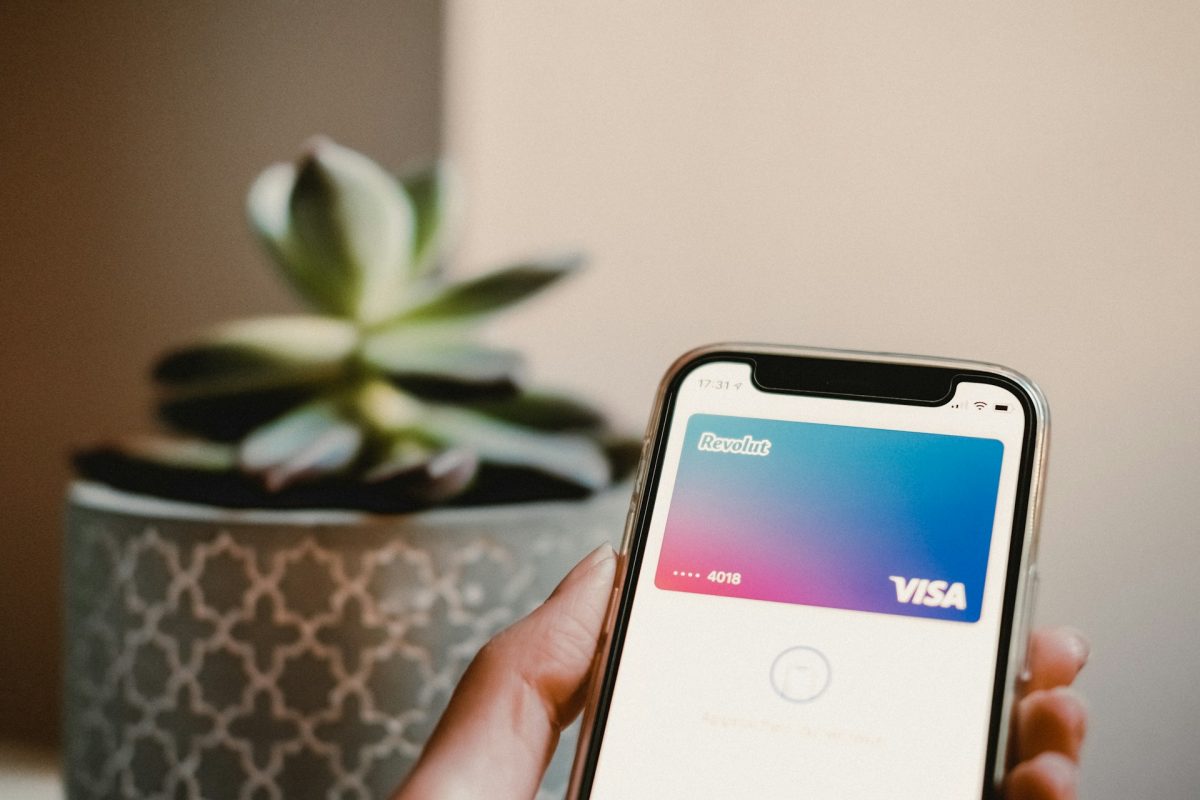What Is a Virtual Card and How Does It Work?
In the digital age, convenience and security are at the forefront of financial innovation. One such innovation is the virtual card, a digital alternative to traditional plastic cards that offers both enhanced control and protection for users. As online transactions become more common, understanding how a virtual card works can help you manage your finances more effectively while staying safe online.
Whether you’re making purchases from your favorite online store or setting up automatic payments, using a virtual card is an increasingly popular option. These cards are designed to function like physical cards, but they only exist in digital form, offering unique advantages when it comes to online payments and privacy.
How a Virtual Card Works
A virtual card is typically issued by your bank or a financial service provider. It contains a unique 16-digit card number, expiration date, and CVV code—just like a physical card—but it lives entirely online. You can use it to make purchases online or over the phone, just as you would with a traditional card. In many cases, these cards are linked to your actual bank account or credit card, but they act as an intermediary, adding a layer of protection between your real financial information and the merchant.
When you sign up for a service such as zil.us, you can generate one or multiple virtual cards for different purposes. For instance, you might create a virtual card specifically for a streaming service subscription or for shopping at a particular retailer. This helps you track expenses and cancel specific cards if needed without affecting your main account.

Advantages of Using a Virtual Card
Virtual cards offer several compelling advantages that make them ideal for modern consumers who value privacy and control over their financial data. Here are a few benefits worth noting:
- Increased Security: Since virtual cards don’t expose your real account details, they minimize the risk of fraud and identity theft during online transactions.
- Spending Control: You can set spending limits or expiration dates, which is useful for budgeting or for one-time purchases.
- Easy Cancellation: If your virtual card is compromised, you can delete it instantly without needing to replace your physical card.
- Subscription Management: Create unique cards for subscriptions so you can easily cancel or pause services without affecting other transactions.
All of these features work together to create a safer, more customizable experience compared to traditional debit or credit cards.
Common Use Cases for Virtual Cards
One of the main strengths of virtual cards is their flexibility. They are useful for a wide range of everyday financial tasks, especially those that occur online. For example, people often use virtual cards for free trials of software or streaming services. That way, they don’t have to worry about being charged after the trial period ends because the card can be set to expire automatically.
Another popular use case is for international online shopping. Since virtual cards are not bound to a physical location, they can help avoid unnecessary foreign transaction fees and currency conversion issues in certain scenarios. Businesses also find virtual cards useful for managing employee expenses without issuing physical cards to everyone on the team.

Tips for Managing Your Virtual Cards
To make the most of your virtual cards, it’s important to have a clear strategy in place. Here are some practical tips to help you stay organized and secure:
- Label Each Card: If your provider allows it, label cards by purpose (e.g., “Amazon purchases” or “Netflix”) to track usage easily.
- Monitor Transactions: Regularly check your transaction history to spot unauthorized charges early.
- Use for One-Time Payments: Generate a disposable virtual card for one-time or risky transactions to reduce exposure.
- Update Expired Cards: Don’t forget to update payment information for ongoing subscriptions if a virtual card expires.
By integrating these habits into your routine, you can enhance your financial control while maximizing the benefits that virtual cards offer. Though they may not replace physical cards entirely, they are an excellent supplement for safer and smarter online spending.









